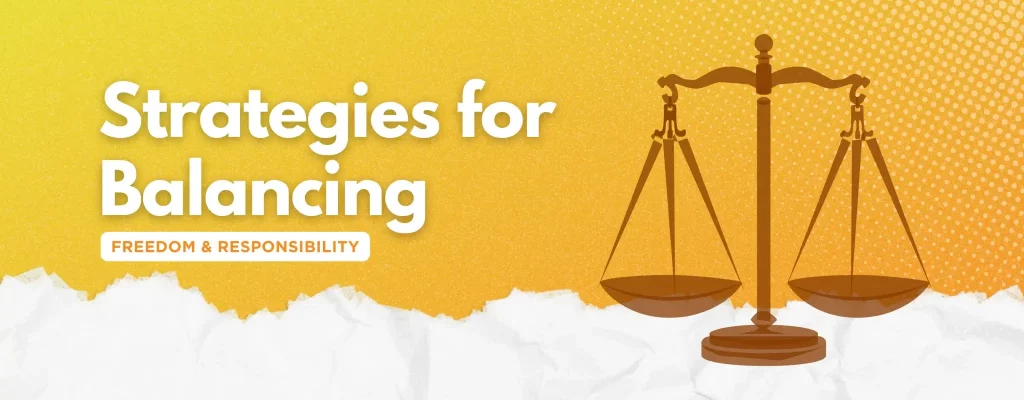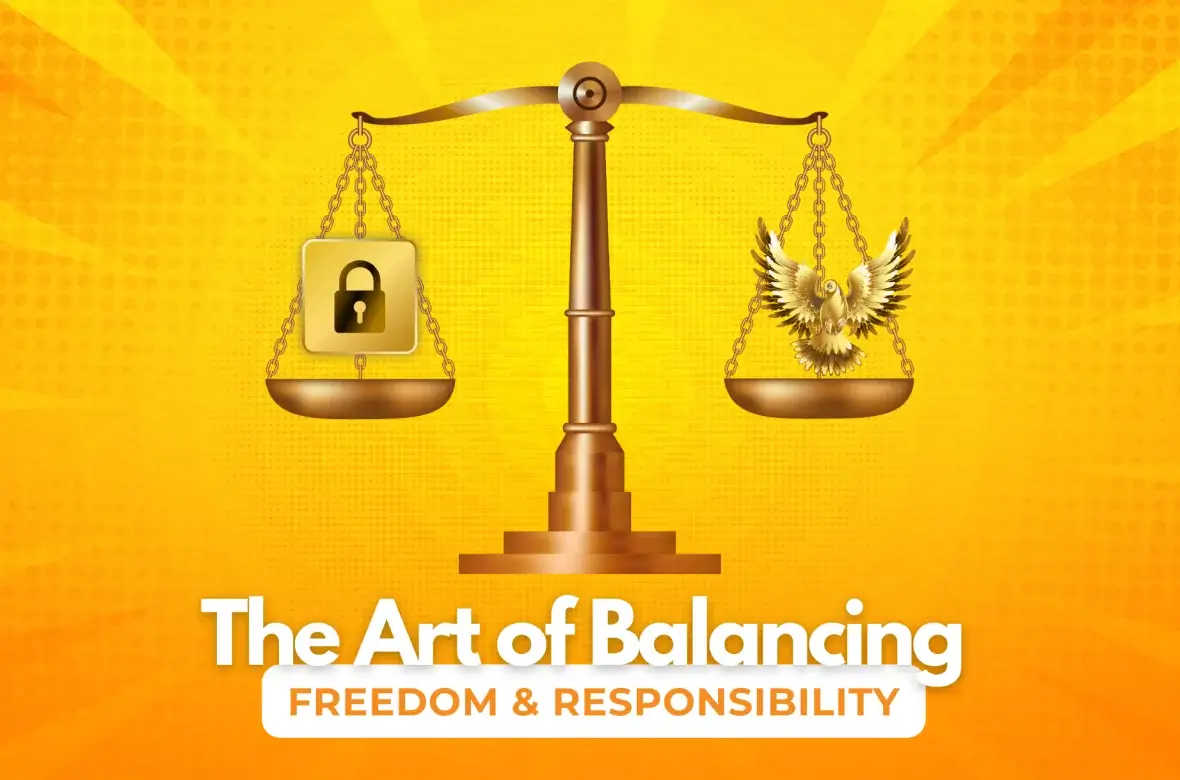In today's digital world, User-Generated Content Management is an essential part of running any online platform. While encouraging people to share their opinions, creativity, and experiences can greatly benefit your brand, it also comes with challenges. Striking a balance between allowing freedom of expression and ensuring content aligns with your platform’s standards is key. Effectively managing UGC helps maintain a positive community and protects your brand’s reputation.
Why User-Generated Content Matters

User-generated content brings authenticity to your platform. When real people share their personal experiences, reviews, or ideas, it helps create trust between your brand and the audience. Potential customers are more likely to engage when they see real feedback from other users. However, with the freedom to share also comes the risk of inappropriate or irrelevant content appearing, which is why proper management is essential.
User-Generated Content Management: Finding the Right Balance

Managing user-generated content is more than just setting up a space for users to share their thoughts. It’s about finding a way to allow creative expression while keeping inappropriate or harmful content off your platform. A good UGC management strategy is built on transparency, clear guidelines, and consistent moderation to maintain quality and ensure safety.
Key Strategies for Managing User-Generated Content
To handle UGC effectively, platforms need a well-thought-out plan. Here are some strategies to help manage user content while allowing freedom:
- Set Clear Community Guidelines: Let your users know what type of content is acceptable and what isn’t. By establishing clear rules from the start, you make it easier to manage what’s posted on your platform. This transparency helps users understand the boundaries and encourages them to follow the rules.
- Automated Moderation Tools: AI-powered tools can quickly scan and filter inappropriate content. These tools can detect harmful language or images before they go live, saving time and helping moderators manage large amounts of content more efficiently. While automated tools are helpful, human oversight is still needed for complex situations.
- Empower Users to Report Content: Allow users to flag content they believe violates community guidelines. This not only helps with moderation but also makes users feel more involved in keeping the platform safe and respectful. Giving users this option means inappropriate content can be addressed quickly.
- Hybrid Approach to Moderation: Automated systems alone are not enough. Combining AI tools with human moderation ensures that content is reviewed fairly and accurately. Human moderators are crucial for evaluating context and dealing with sensitive issues that might be missed by automated tools.
Balancing Creativity and Protection

Maintaining a balance between user freedom and content control is critical. Letting users express themselves freely builds community engagement, but leaving harmful or inappropriate content unchecked can damage your brand. A solid content management plan prioritizes both freedom and protection, ensuring creativity thrives while preventing offensive material from slipstreaming.
Strategies for Balancing Freedom and Responsibility

User-Generated Content Management is all about finding the perfect balance between freedom of expression and responsible oversight. By creating clear rules, using moderation tools, and involving the community, platforms can foster an environment where users feel safe to share while maintaining the integrity of the content. Successfully managing UGC helps businesses encourage more engagement, while still protecting their brand and community.
Leveraging Technology for Effective UGC Moderation

As mentioned, automated moderation is a big plus in upholding user freedom and safety at the same time. Automated moderation solutions include the use of AI tools, such as the following:
- Natural Language Processing (NLP)
NLP allows computer systems to comprehend the depths of human speech. It analyzes human language in closely the same way as humans, allowing UGC moderation tools to flag harmful content by filtering through its text.
- Machine Learning
Machine learning mimics human intelligence. It refers to the AI’s capacity to analyze algorithms and recognize content patterns, enabling computer systems to detect potentially harmful and prohibited content.
The combination of these AI tools took the UGC moderation game to a higher level, providing scalable, consistent, and reliable solutions. However, the robust development of technology cannot take over the content moderation alone. Human intervention remains essential to UGC moderation to formulate the perfect solution to balance free speech and responsibility.
Community Engagement and Education

Besides compelling automated and manual moderation, the effectiveness of UGC moderation solutions relies on community engagement and education.
On the one hand, user education plays a critical role in promoting responsible content creation. It fosters a culture of self-regulation and self-management, reducing the prevalence of harmful content.
On the other hand, community engagement in reporting harmful, poor-quality, and unwanted content is essential in combating the proliferation of fake news, cybercrimes, graphic content, and other disturbing materials.
Here’s a quick rundown of how UGC content moderation can improve:
- Reporting Mechanisms
Strict content moderation practices must include implementing reporting mechanisms. Users must be able to report unwanted and harmful content that they encounter on the platform. Report buttons and links must be easy to use and accessible.
- Feedback on Reports
Besides convenient report buttons, digital platforms must also provide feedback on user reports that they receive. This assures users that their actions matter, and feedback also helps users understand content moderation better.
- Educational Resources
Online businesses, social media sites, dating apps, and other platforms must make their community guidelines and standards, content moderation rules, and processes available to the public. This helps users understand how to behave on the platform on the one hand and promotes transparency on the other.
- Regular Updates
UGC content moderation is an ever-changing endeavor, and users are entitled to know about changes in moderation policies to help them align their contributions with platform rules and standards.
Perfecting Content Moderation Strategies with the Right Outsourcing Partner

The perfect content moderation strategy has yet to be found. Due to robust technological development, the future remains a mystery. However, at the moment, the ideal UGC moderation solution to balance user freedom and social responsibility entails human expertise and AI assistance.
On the one hand, AI technologies, such as NLP and machine learning algorithms, handle the massive volumes of content in digital spaces. They enable sifting through online data in real-time and at scale, curbing the proliferation of harmful content. In short, AI is pivotal in guaranteeing responsible moderation.
On the other hand, human content moderators review the materials flagged by AI tools and decide on the best course of action. Thus, they are crucial in ensuring that the moderation outcomes are reliable and accurate to avoid tarnishing the vibrant freedom of expression users must enjoy.
Chekkee offers optimal UGC moderation service, anchored on the combination of manual and technological prowess. We employ cutting-edge technologies and trained professionals to ensure the accuracy, reliability, and efficiency of your content moderation solutions.
In mastering the art of balancing user freedom and social responsibility, Chekkee is just around the corner to help. Contact us today!



